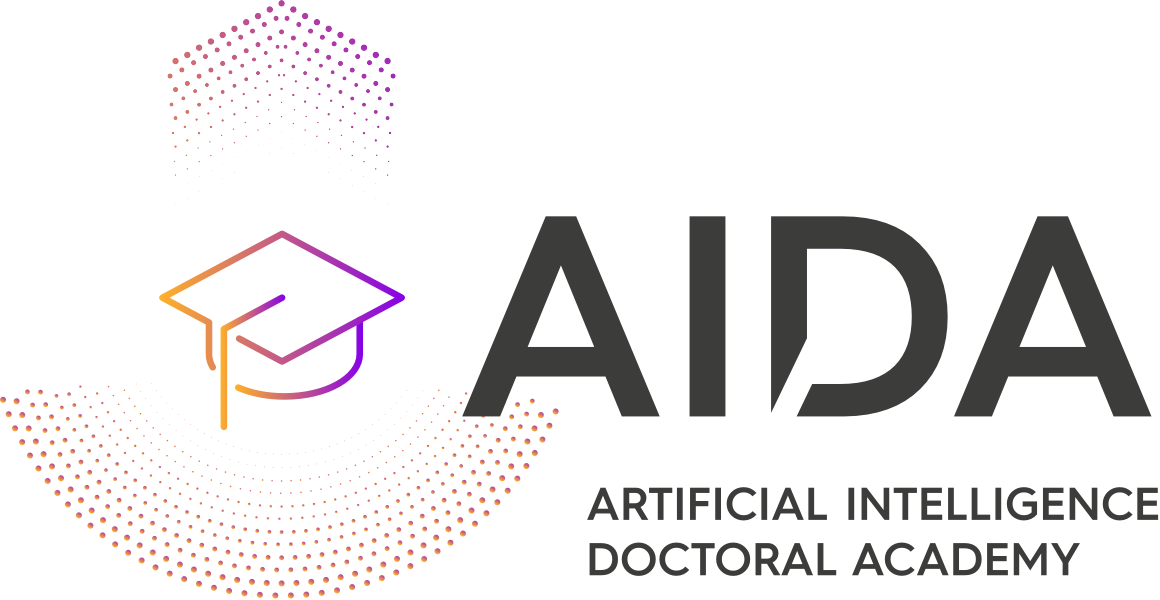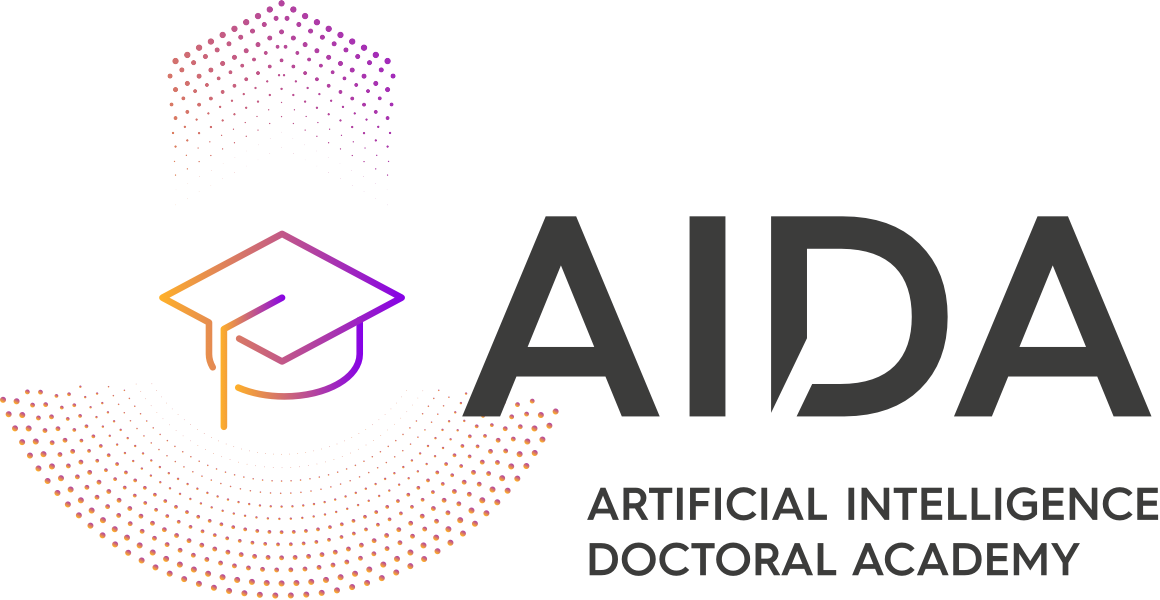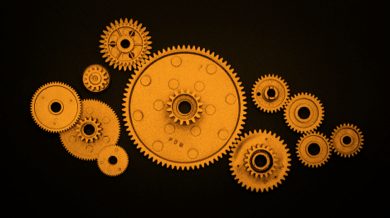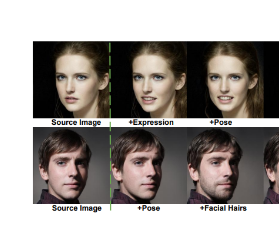No matter their exact form, AI Science and Engineering and its sister disciplines have many great challenges to address. Here is a partial list: Is AI Science and Technology a scientific discipline in its own right? How can we quantify knowledge? Can Virtual Reality truly empower meta-societies or is it just a hype? Can AI-powered… Continue reading AI Science and Engineering: A new scientific discipline? Lecture
Archives: Resources
Resource description
A survey of manifold learning and its applications for multimedia, Hannes Fassold, Proc. ICVSP, 2023
The survey paper gives an introduction into manifold learning and how it is employed for important application fields (similarity search, image classification, synthesis & enhancement, video analysis, 3D data processing, nonlinear dimension reduction) in multimedia. Furthermore, available open source software frameworks for manifold learning are presented.
AI, System Complexity, Life, Intelligence and Environment
This lecture overviews the relation between matter and system complexity on one hand and Life, Intelligence and Environment on the other one. First the theoretical tools (systems, graph and network theory) are overviewed. Then their relation to: a) life structure, b) biological neural networks, c) AI and artificial neural networks, d) social structure and evolution… Continue reading AI, System Complexity, Life, Intelligence and Environment
Mastodon posts dataset
The Aristotle University of Thessaloniki (hereinafter, AUTH) created the Mastodon posts dataset within the context of the project TEMA (Trusted Extremely Precise Mapping and Prediction for Emergency Management; Grant Agreement No. 101093003; Call: HORIZON-CL4-2022-DATA-01; Topic: HORIZON-CL4-2022-DATA-01-01) that is funded by the European Commission-European Union (starting date: 1 December 2022; end date: 30 November 2026). General… Continue reading Mastodon posts dataset
MOBISERV-AIIA Database
Introduction Eating and Drinking Activity Recognition Database (MOBISERV-AIIA Database) was created in order to fulfill the need for a good benchmarking database for the evaluation of specialized meal intake (such as eating and drinking) activity recognition algorithms. The captured video data constitute a database gathered during AIIA Laboratory’s research under the Collaborative European Project: MOBISERV FP7-248434, An Integrated… Continue reading MOBISERV-AIIA Database
AUTH UAV Gesture Dataset
AUTH has created the “AUTH UAV Gesture Dataset” in the context of the “AERIAL-CORE” collaborative project, funded from the European Union’s Horizon 2020 research and innovation programme. The AUTH UAV Gesture Dataset contains videos depicting human subjects performing 6 classes of gestures. This dataset can be employed for training/evaluating gesture recognition machine learning models. It… Continue reading AUTH UAV Gesture Dataset




